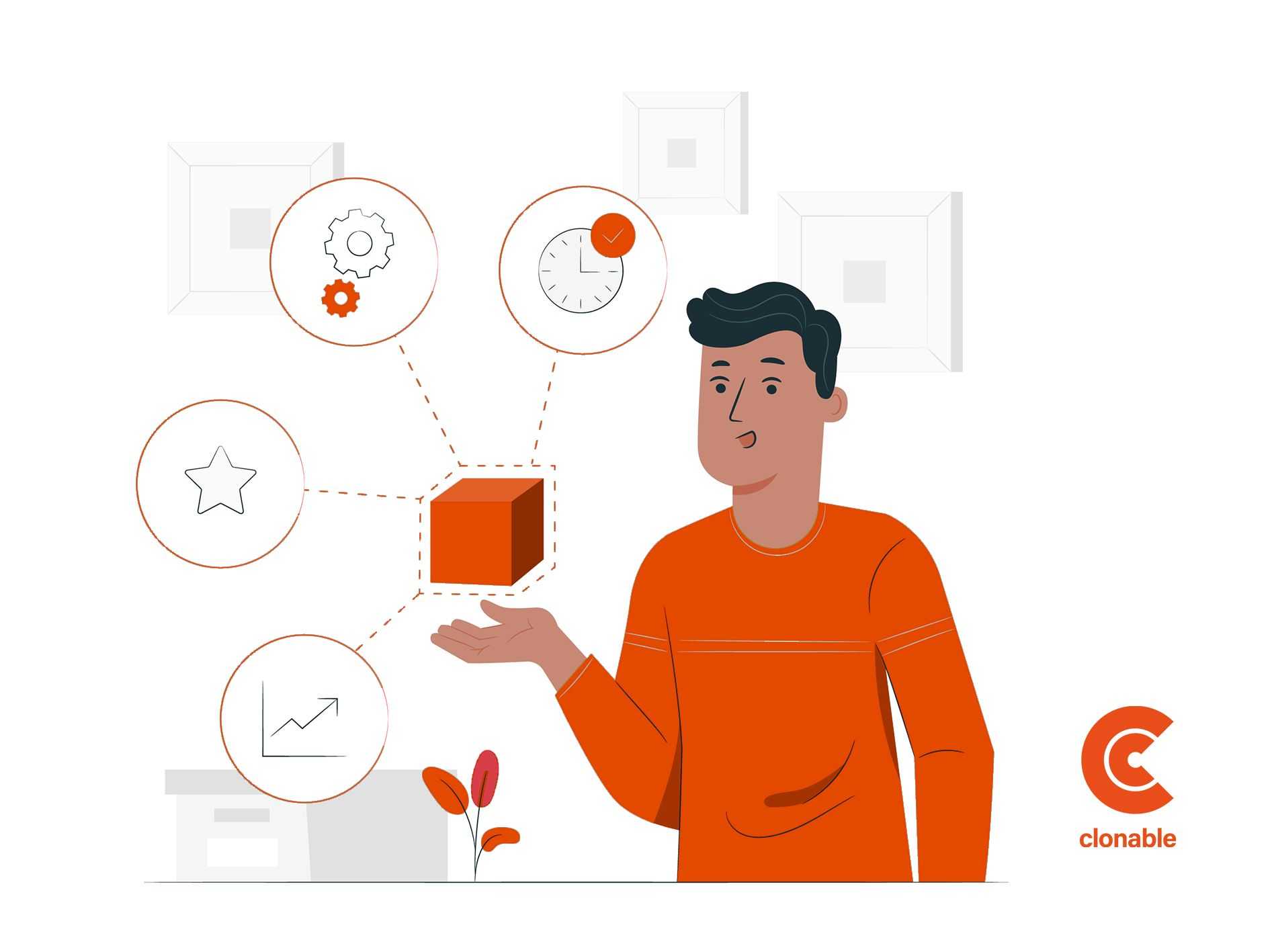Automatic translation versus machine translation - What are the differences?
You may have already come across the terms: machine translation and machine translation. These are not synonyms! In this article, we will explain more about machine translation vs machine translation. Questions like, "what are the benefits of machine translation?" or "what is machine translation?" will be addressed.
What is machine translation?
Before we explain the differences between machine translation and machine translation, it's helpful to know what both actually entail. We'll start with machine translation.
The name "machine translation" says part of what it means: the text is translated by a machine instead of a human translator. You give a text to a machine, which then translates your text into the target language. You've probably come across it already: Google Translate, in fact, is an example of machine translation. Every time you quickly google the translation of a word, you are dealing with machine translation.

Such a machine translation is like a replacement for a human translator. One problem is that machine translations are more likely to contain errors. A human translator knows the intricacies of translation better than a machine. Nevertheless, machine translations are getting better and better through the use of artificial intelligence and machine learning. Still, language will always remain something uniquely human, and a computer will never be able to translate flawlessly.
Benefits machine translation
What exactly are the advantages of machine translation? There are several reasons to choose machine translation:
- Often much cheaper than a human translator;
- Easy to use, accessible anywhere;
- Almost all combinations are possible: English - Swahili, Thai - German, etc.
Disadvantages machine translation
- Less precise than a human translator;
- A machine is less likely to understand that some words are more appropriate;
- There is no retrospective control
This list is far from complete: machine translation is bound to have some advantages and disadvantages.
What is automatic translation?
So what is machine translation? Is machine translation the same as machine translation?
Machine translation is really nothing more than automating the translation process itself. When you use machine translation, you have fewer steps to do yourself when translating a website. This translation process often looks like the following:
- Collection of the texts to be translated;
- Sending and having the texts translated;
- Checking the translated texts;
- Post the text on the website.
As you can see, machine translation is a part of machine translation. In fact, step 2 can be performed by a human translator, but also by a machine; machine translation. So machine translation is the automation of the translation itself. Machine translation is the automation of the translation process, that is, including the translation itself. It is hopefully clear by now that they are not synonyms.
What do we do at Clonable?
At Clonable we deal with website translation. Machine translation and machine translation are not foreign to us. At Clonable, we apply both machine translation and machine translation. Clonable goes like this:
- Clonable Gathers all the text on the website that needs to be translated;
- We have this text translated by a translation engine;
- The text is checked for errors;
- The text is put on the site
This is our translation process. We have largely automated this, so we can speak of machine translation at Clonable. We also outsource the translation itself (step 2) to programs and software, so we use machine translation. However, the checking is done by humans. If it is a language we do not speak, we seek help from translators who do speak that language. In this way, we ensure the quality of the texts, and keep the costs and necessary time low.
Why Clonable?
Clonable thus combines the efficiency of a machine translation with the accuracy of a human translator. Moreover, Clonable streamlines the entire translation process. In addition, a separate domain is immediately created for the target language. You do not need to build a separate website for a different language. If you have an original website like examplesite.nl, then Clonable will create examplesite.be. If necessary, the new site can also be renamed, e.g. examplesite.co.uk.
SEO
You can change the meta-titles (the text in the browser tab) per Clone. You can also use substitutions (see below) to incorporate the correct keywords for a country into your Clone. This way you can optimize the SEO for each Clone for that country.
Substitutions
In Clonable you can not only translate text. Logos and images can also be 'translated', as it were. If you have an image of the Dutch flag on your website, you can use substitutions to replace the flag with a French one, for example. The logo can also be changed in this way if necessary.
Exclusions
One advantage of Clonable are the so-called exclusions. Some things you don't want translated under any circumstances. Think of addresses: if your company is based in the Netherlands, 'Netherlands' should not be translated to, say, 'Deutschland' on the German website. You can then make an exception for this particular case of 'Netherlands'. For more explanation, see the knowledgebase.
One dashboard - several websites
With Clonable you have one dashboard or backend, while you have multiple websites with different languages. This makes managing inventory much more convenient. Also, things can be adjusted more easily for all your websites at once!
Conclusion
- Machine translation is having a machine translate text instead of a human translator;
- Machine translation is the automation of the entire translation process;
- Clonable uses both machine translation and machine translation;
- Clonable combines the efficiency of machine translation with the accuracy of a human translator.
If you still have questions about Clonable, please visit our Frequently Asked Questions or contact us.





